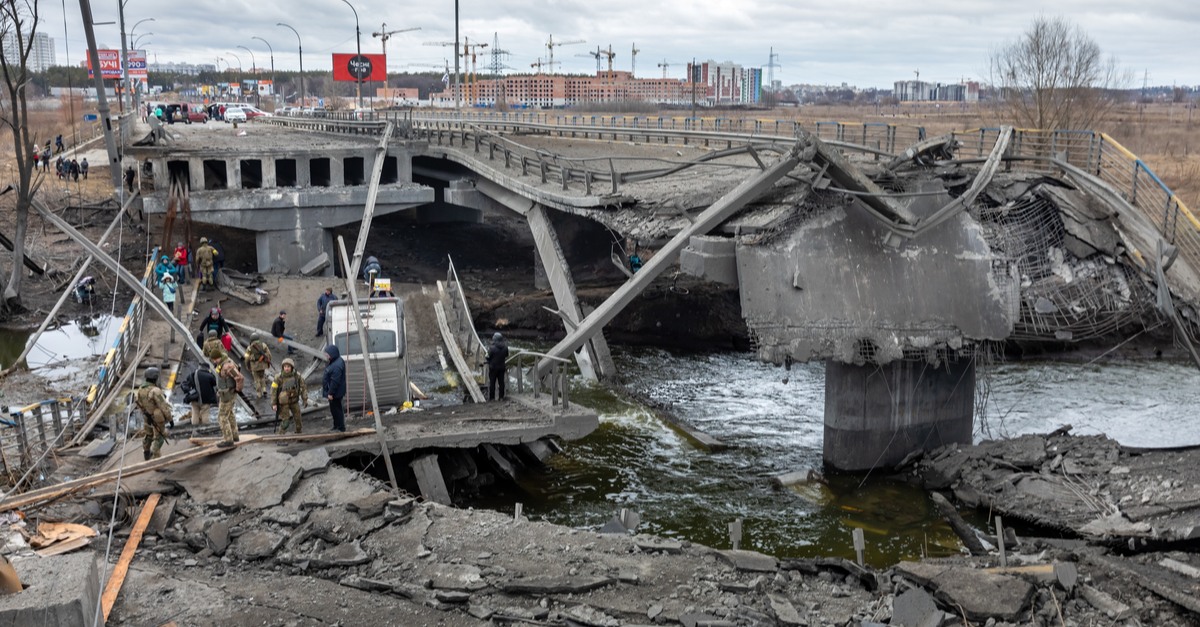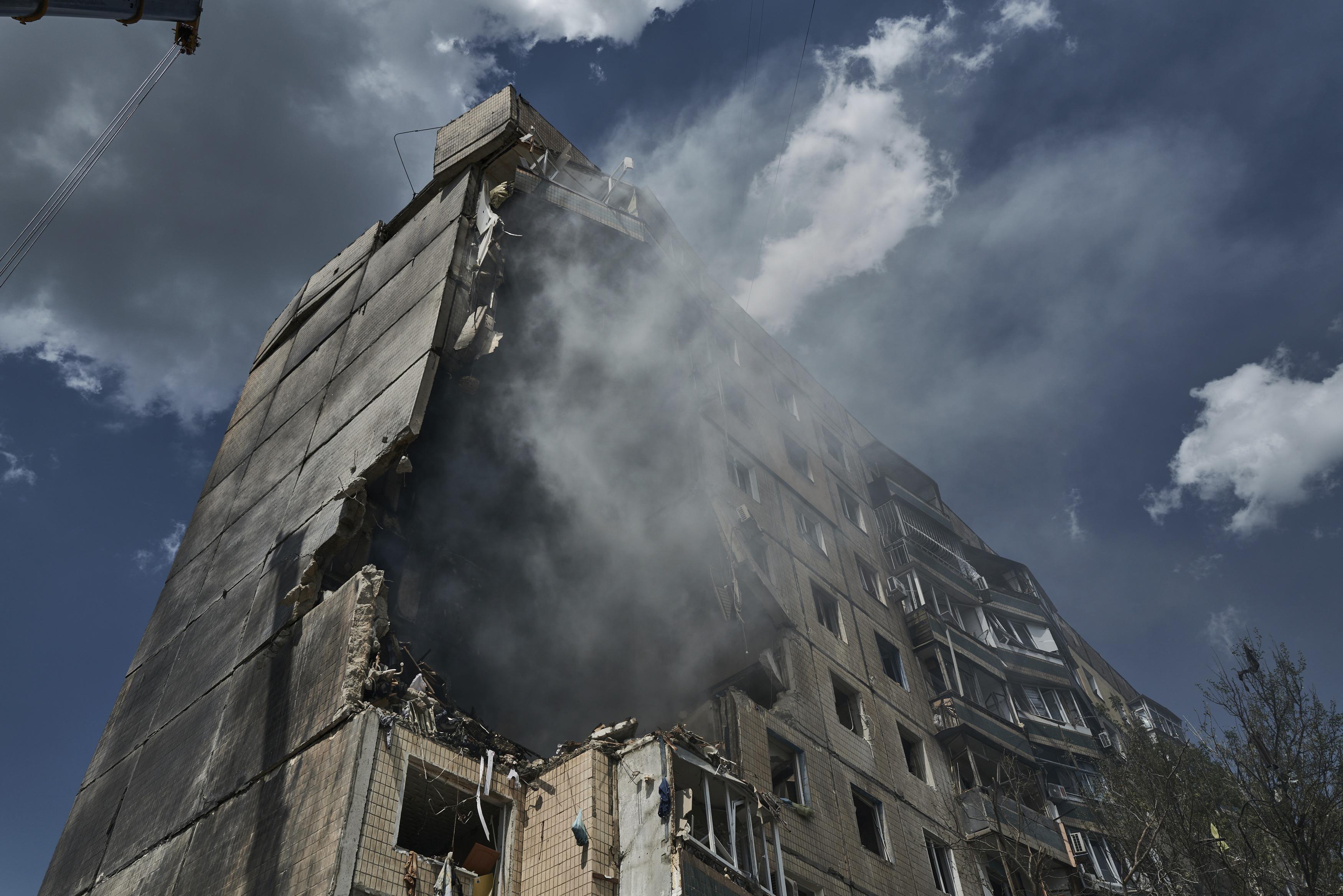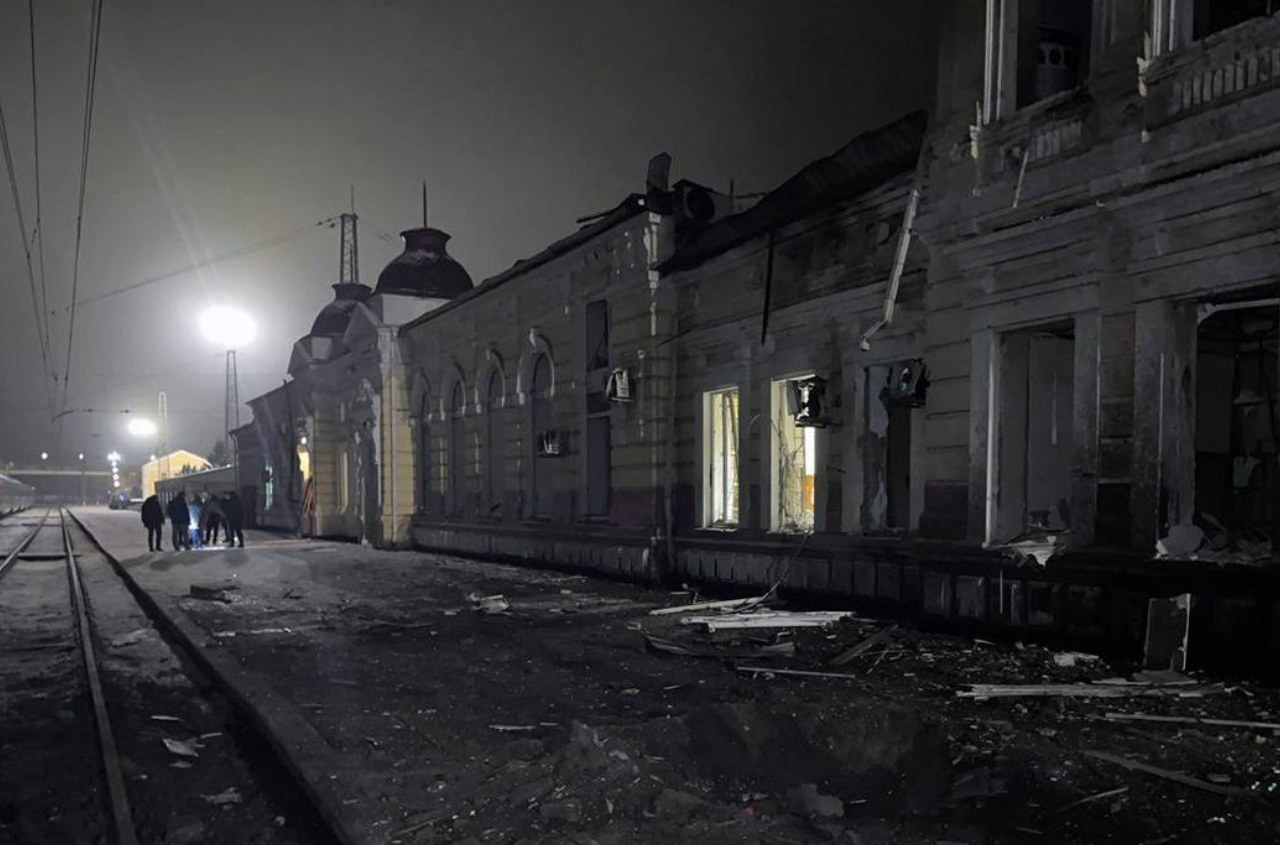The total direct losses caused to Ukraine’s infrastructure due to the full-scale invasion by Russia have reached nearly $170 billion.
This is reported by the Kyiv School of Economics (KSE) in their new report.
Compared to the beginning of 2024, this figure has increased by $12.6 billion, as a result of further destruction due to missile attacks and combat operations. The most significant losses have been in the housing sector, transport infrastructure, and the energy sector.
The housing sector remains the most affected – direct losses are estimated at $60 billion. As of November 2024, 236,000 residential buildings have been damaged or destroyed, including 209,000 private homes, 27,000 apartment buildings, and another 600 dormitories.

In regional terms, the most significant destruction has occurred in Donetsk, Kharkiv, Luhansk, Kyiv, Chernihiv, and Kherson regions. Significant losses have also been sustained by transport infrastructure – $38.5 billion. Over 26,000 kilometers of roads have been damaged or destroyed, which is estimated at $28.3 billion. Losses in railway transport amount to $4.3 billion, port infrastructure $0.85 billion, and the aviation sector $2 billion. Direct losses in private passenger vehicles are estimated at $2.2 billion – 260,000 cars have been destroyed or damaged.
Ukraine's energy sector has lost $14.6 billion. Industry, construction, and the service sector have sustained $14.4 billion in losses. The agro-industrial complex has experienced $10.3 billion in damage.
Significant losses have also been suffered by the forestry sector – 298,000 hectares of forests have been damaged due to combat and fires, with losses estimated at $4.5 billion.
The losses to educational infrastructure are estimated at $7.3 billion. During the period of the full-scale invasion, more than 4,000 educational institutions have been damaged or destroyed, including 229 schools, 110 kindergartens, and 97 universities.
Healthcare has lost $4.3 billion. Hospitals, polyclinics, and other medical institutions have been affected. A total of 1,554 medical facilities have been damaged, including 515 hospitals and 465 outpatient clinics.
Cultural heritage, sports, and tourism facilities have sustained $4 billion in damages. 3,921 cultural sites, 399 religious buildings, and 343 sports complexes have been damaged.
The housing and utilities sector has lost $3.5 billion. Significant destruction has affected 925 heating plants, 214 central heating points, and more than 354 kilometers of heating networks.
Digital infrastructure and telecommunications have suffered direct losses of $1.2 billion. Internet networks, mobile radio networks, and trunk communication lines have been damaged.





















